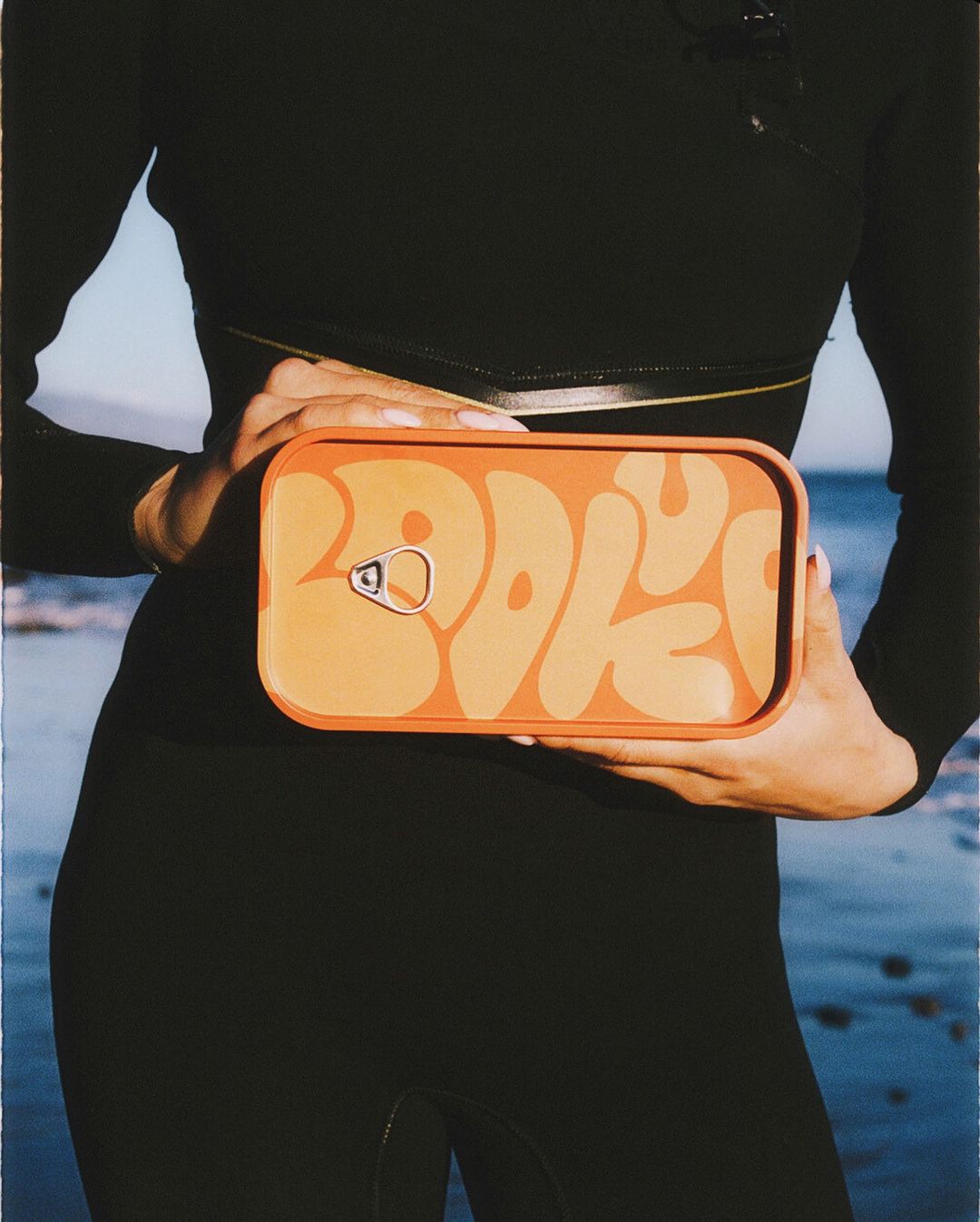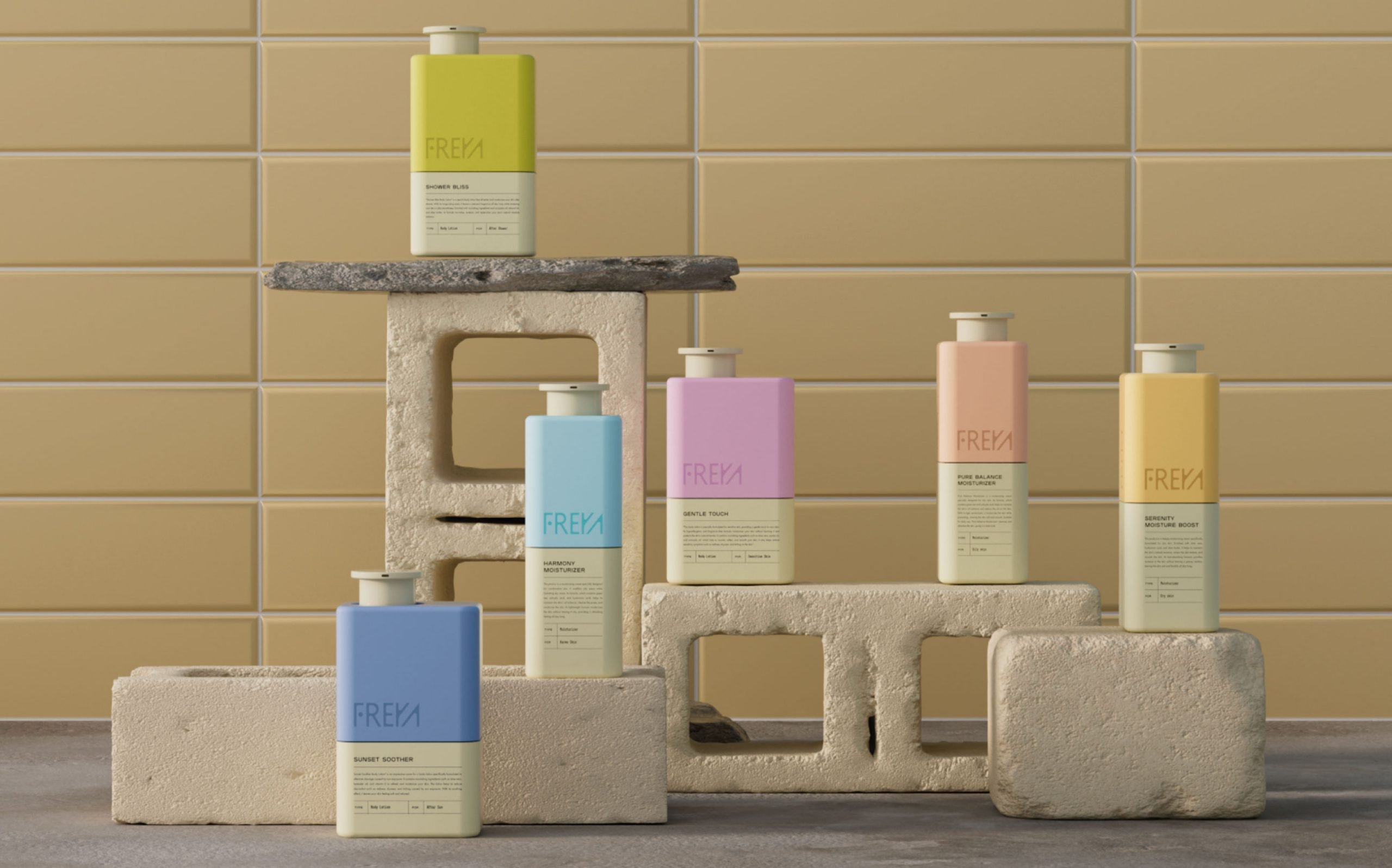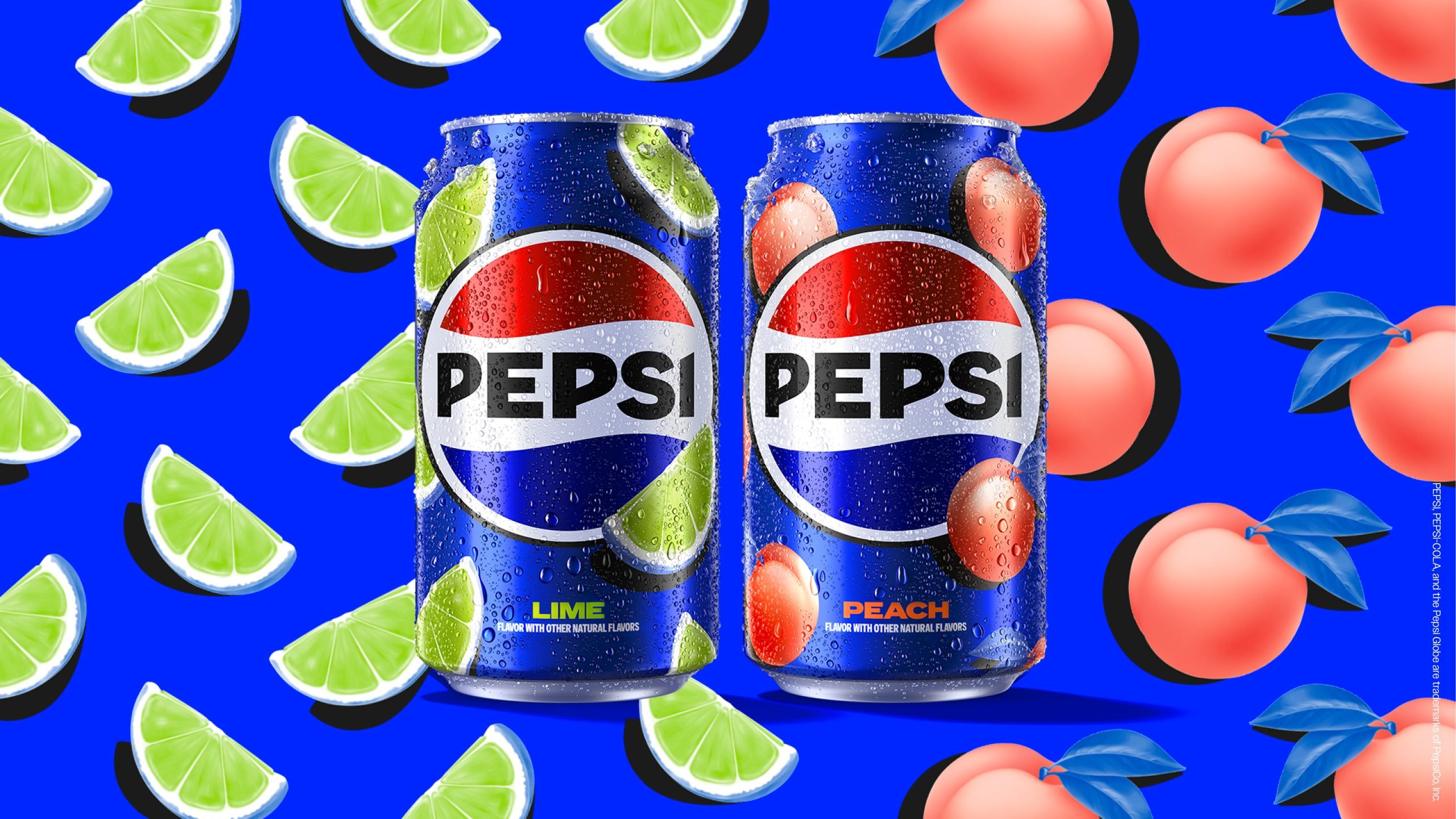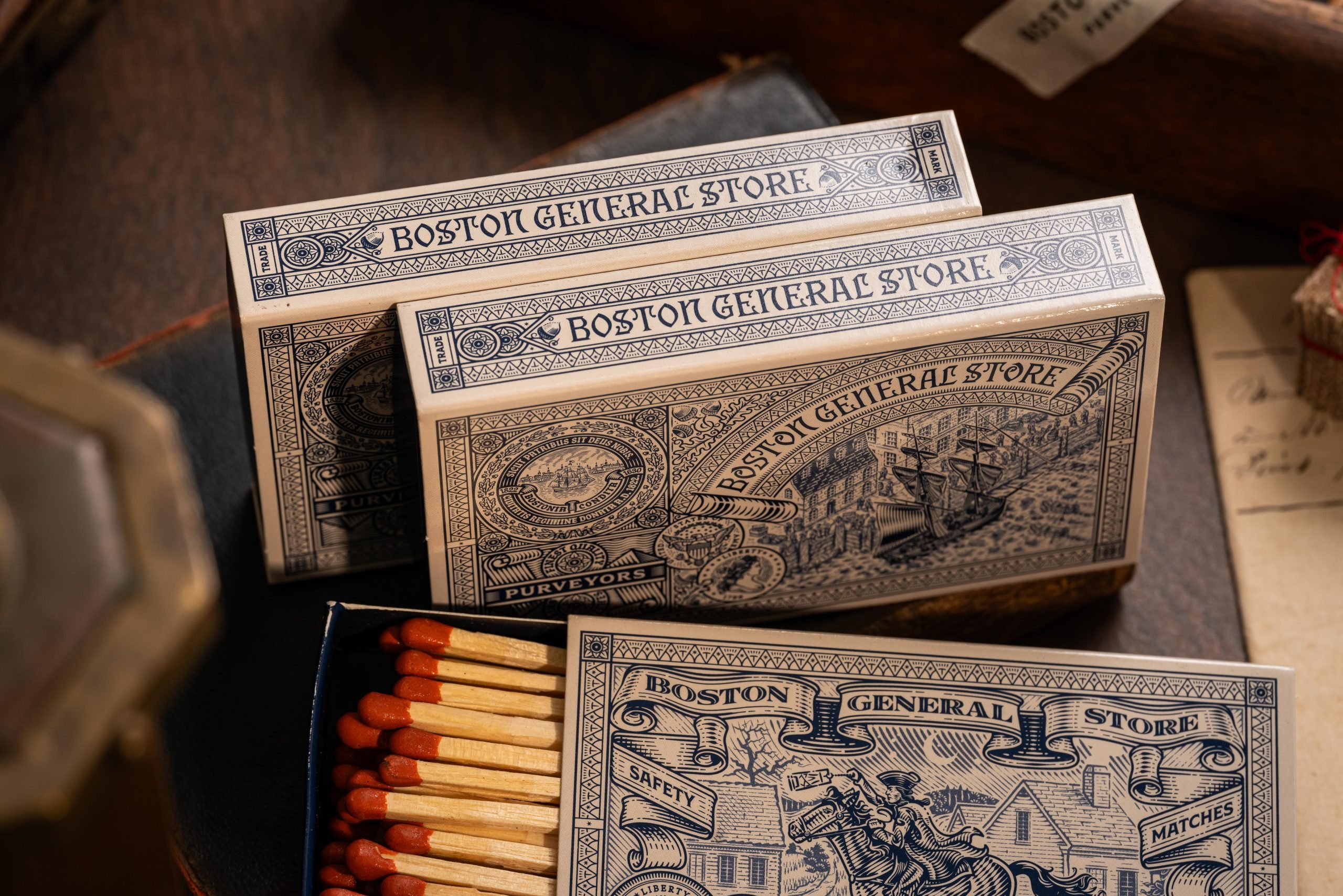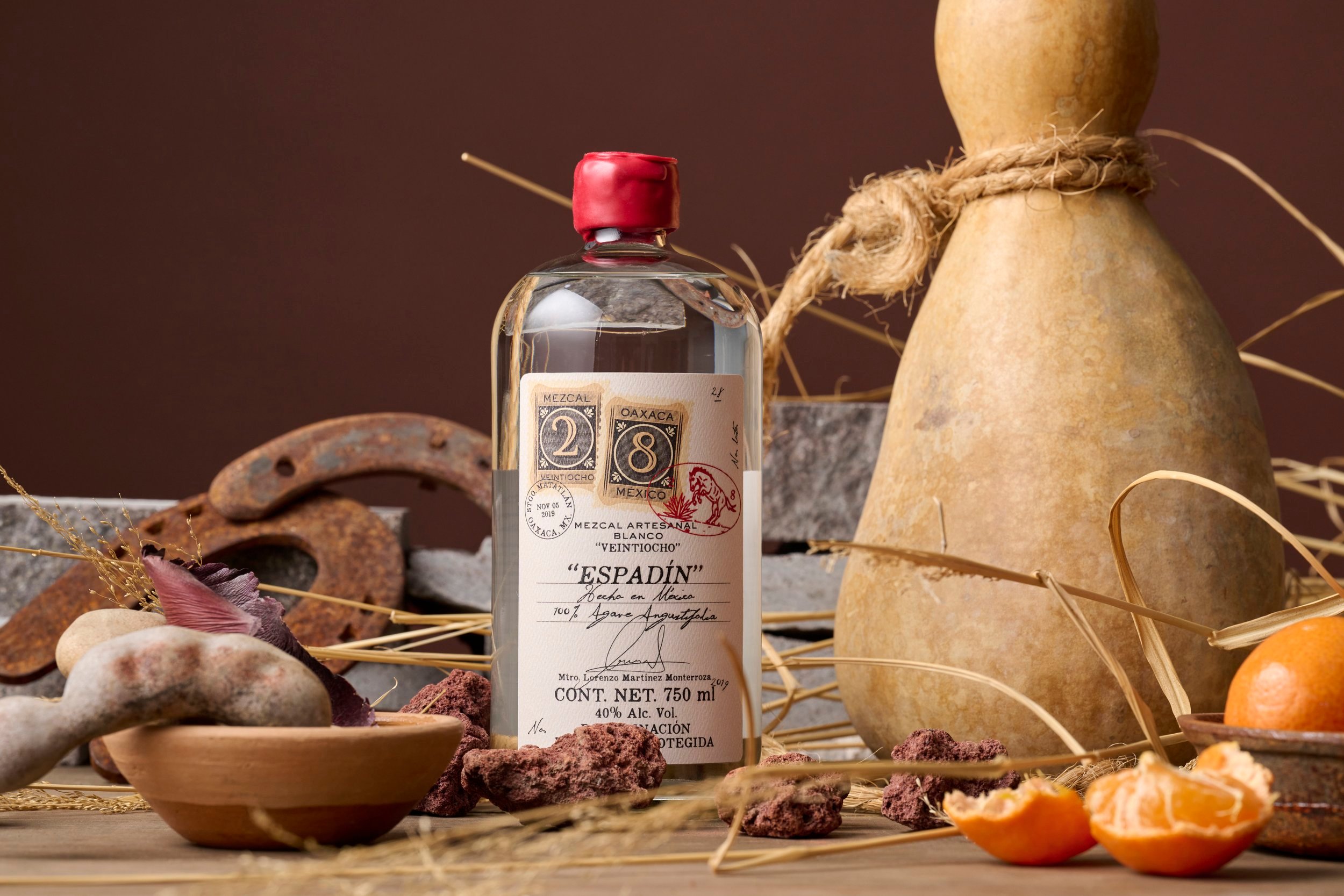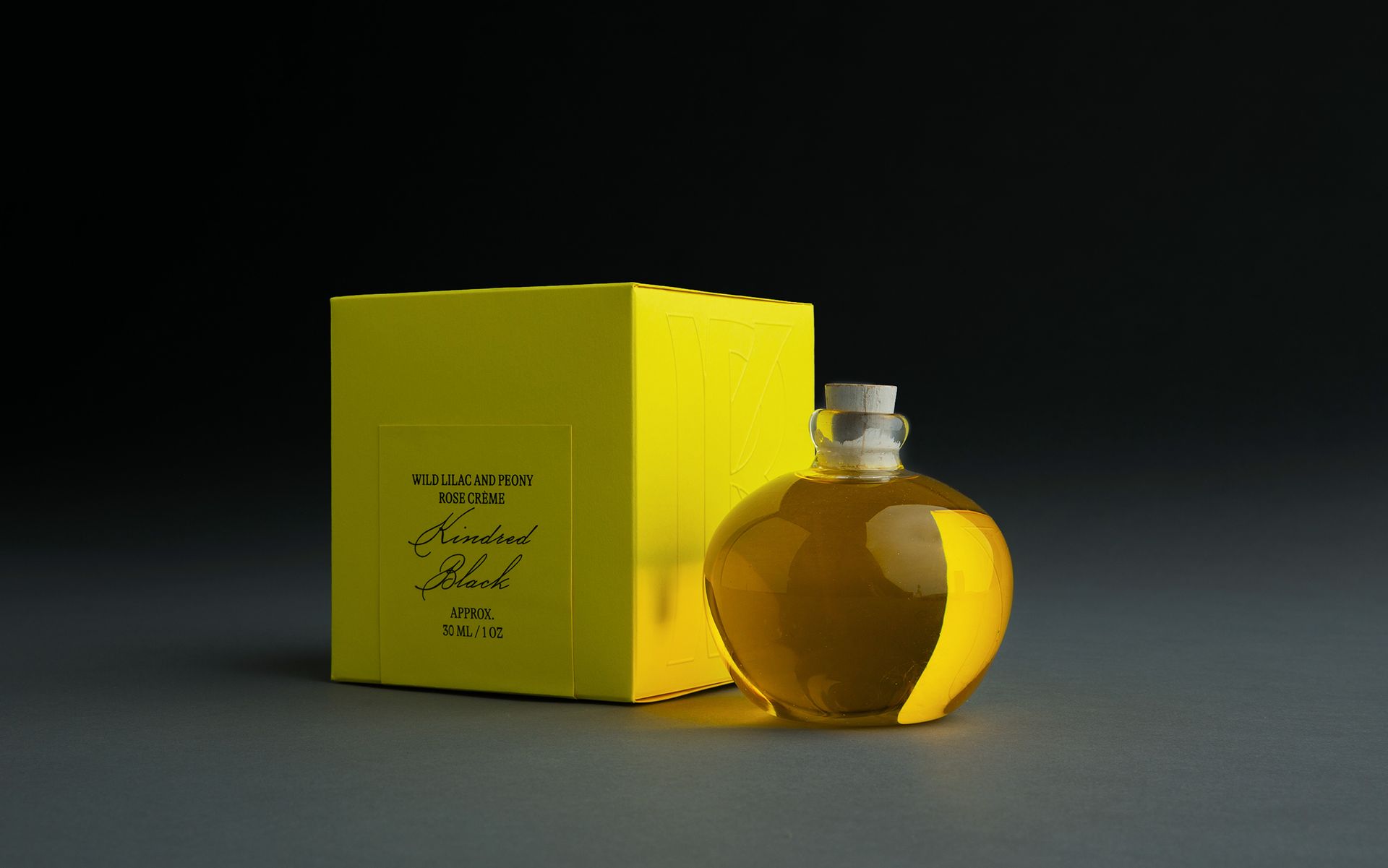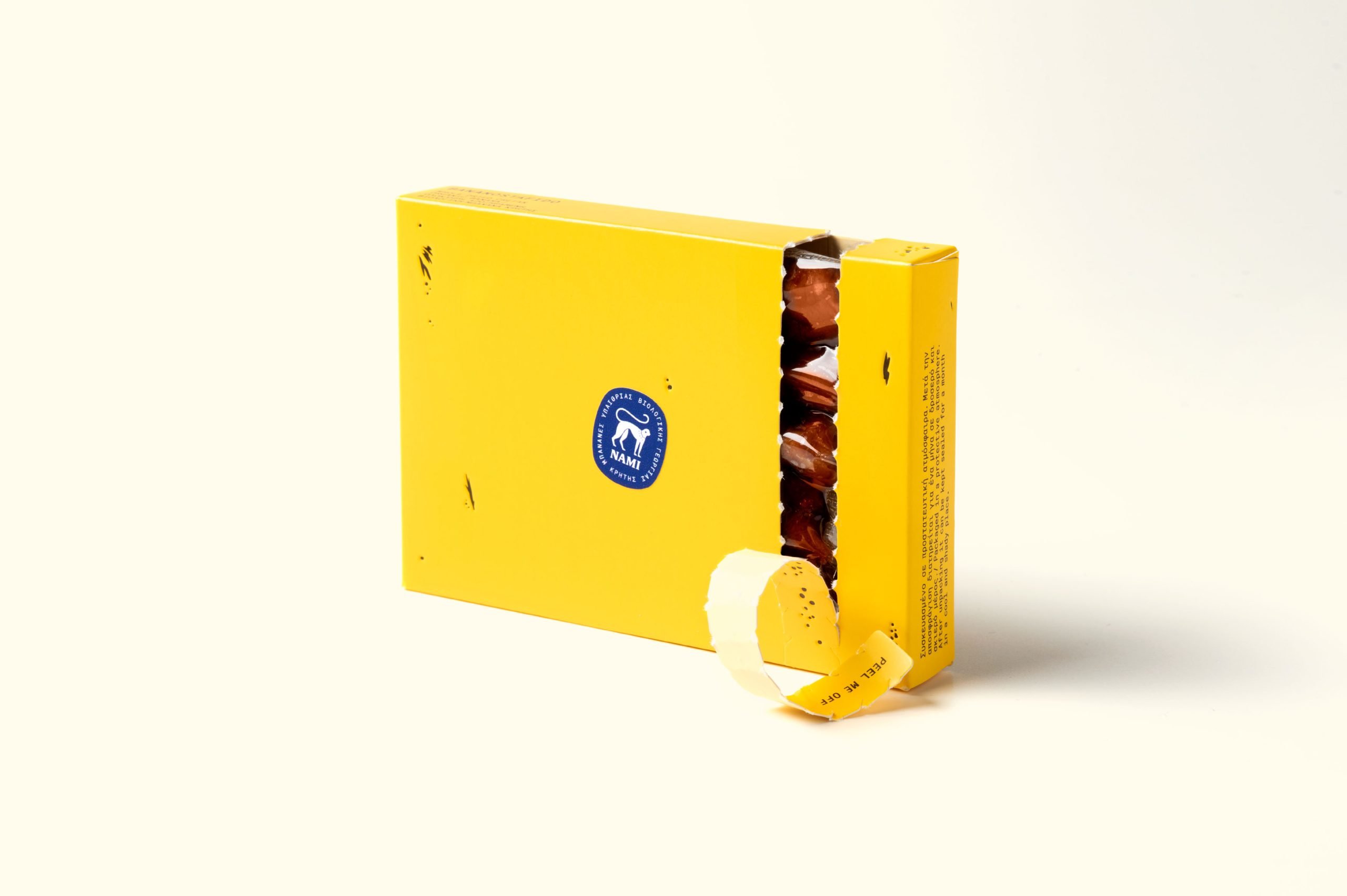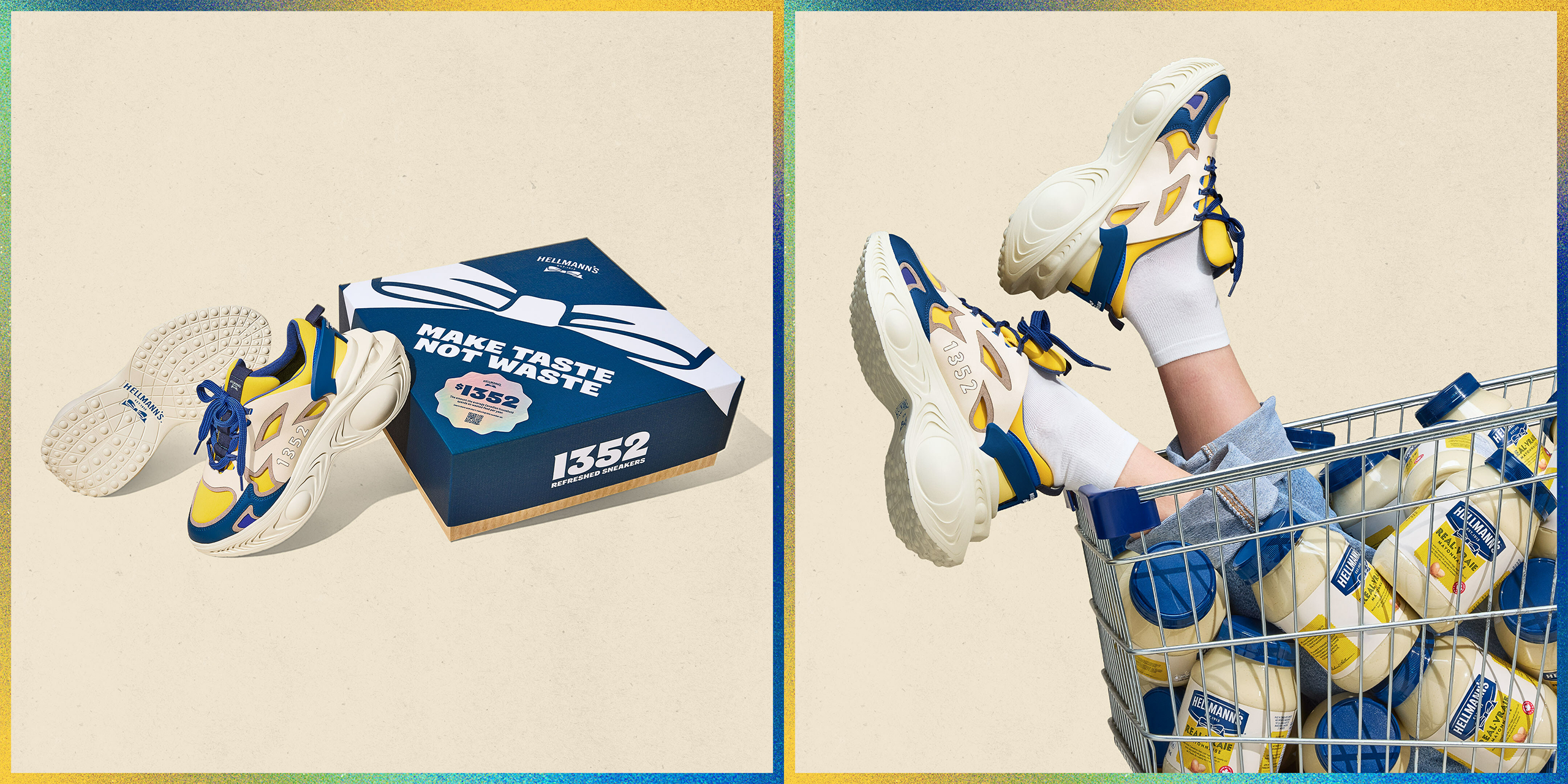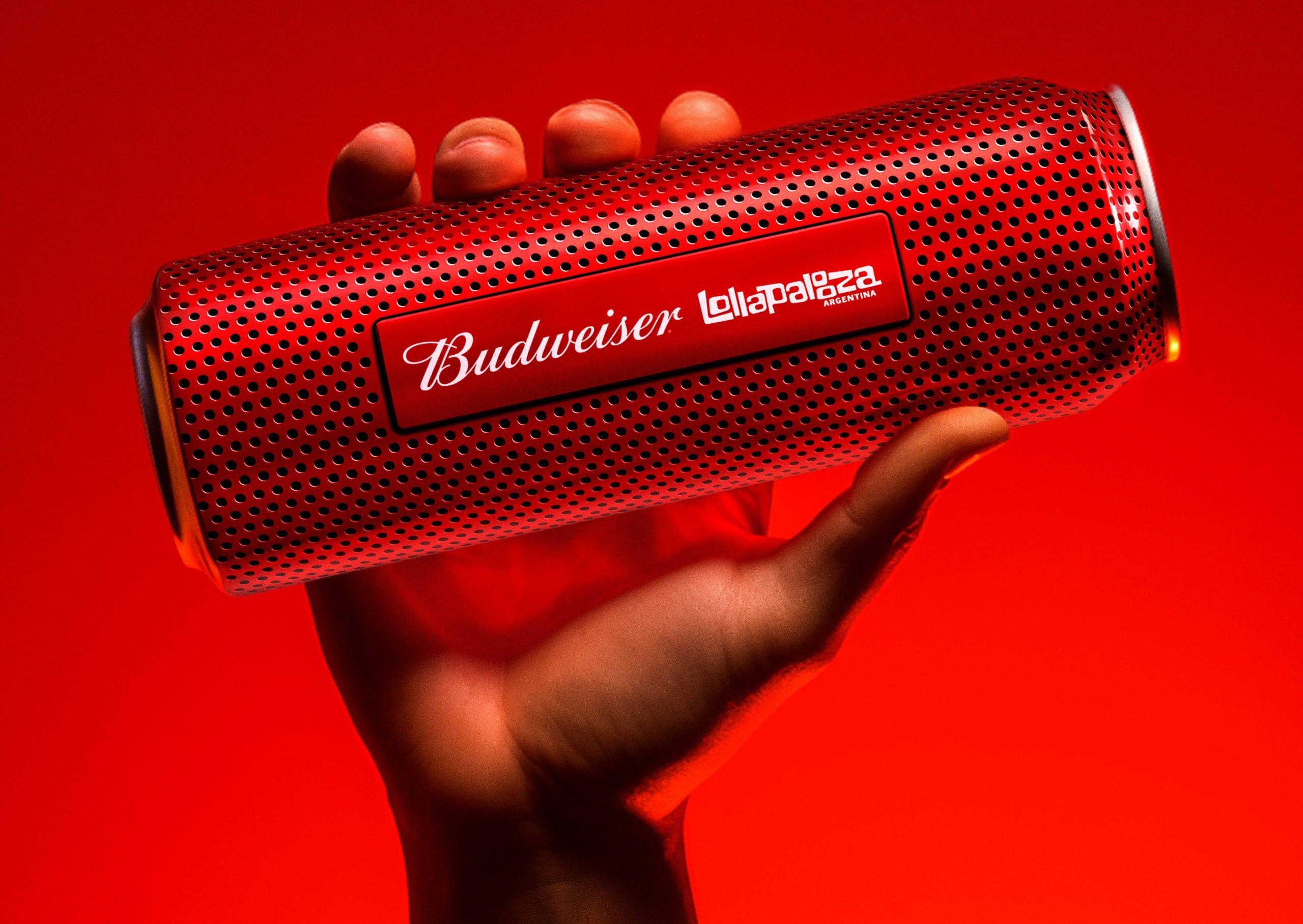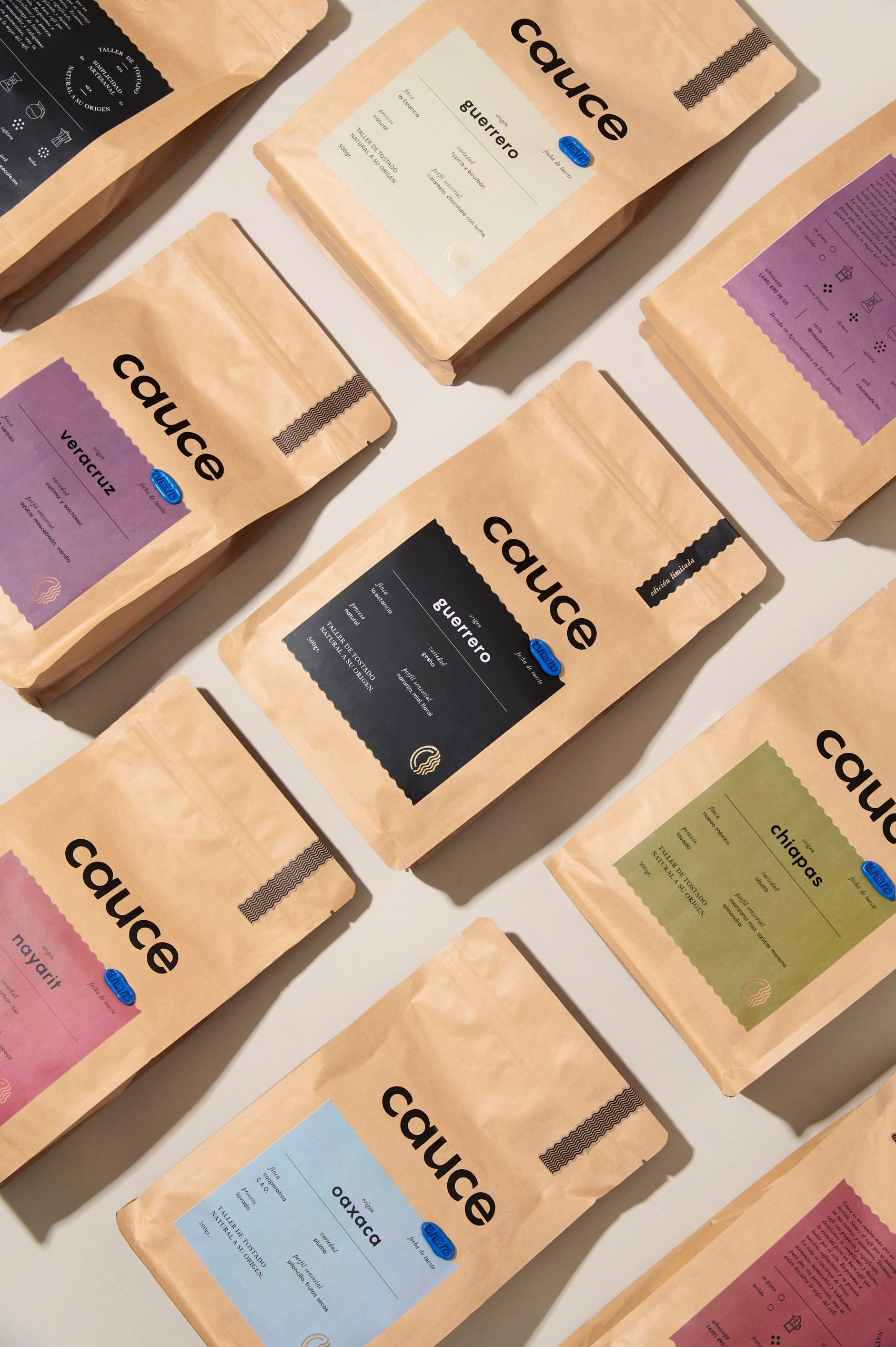Dieline Awards began as a way to formally recognize the absolute best in consumer product packaging design worldwide, bringing awareness to the immense value that lies in well-designed brand packaging. Now in its 9th year, it has become the standard which brand owners, consumers, and designers turn to for the best packaging design in the world.
Since its inception, Dieline Awards has handed out a grand total of 397 coveted trophies. While this may sound like a lot, the competition is truly the most competitive in the industry. This year alone, Dieline Awards received nearly 1500 entries from over 20 countries around the world, and only 94 received an award.
Here are this year’s Second Place Award Winners.
